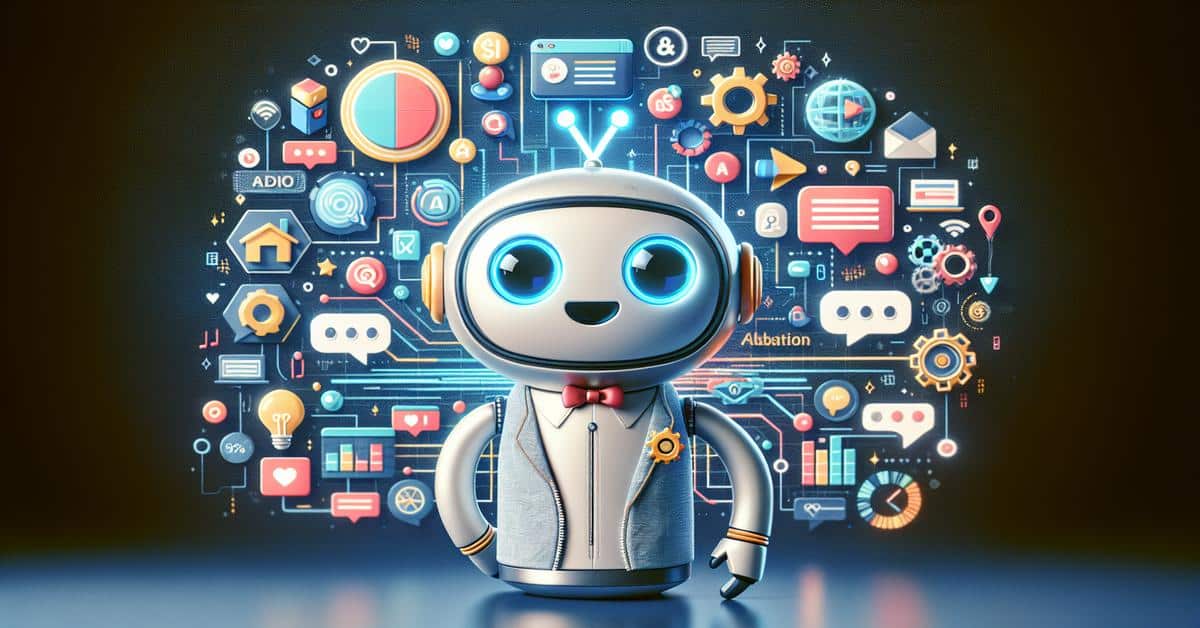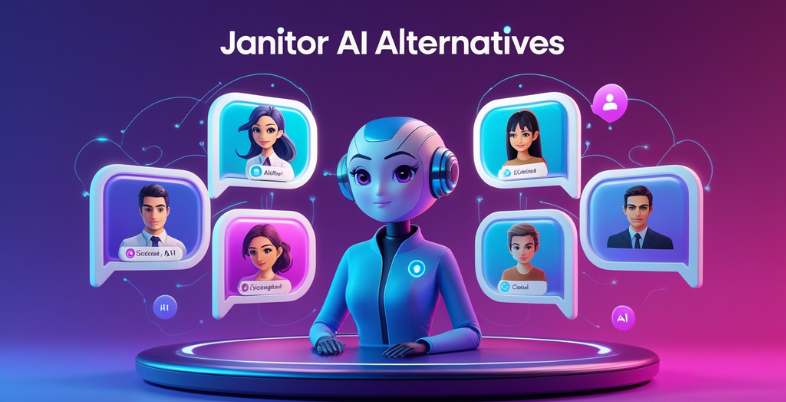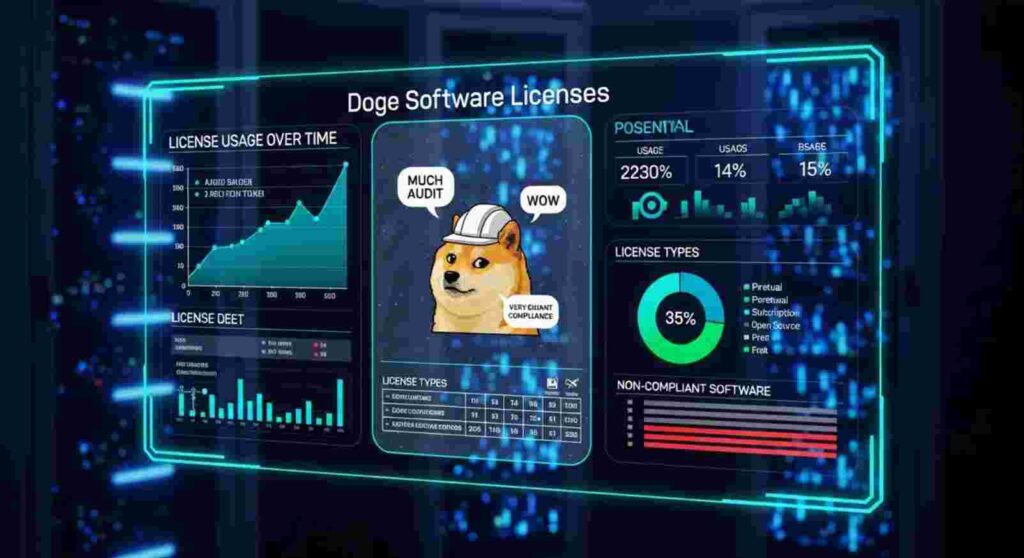Introduction
The world is rapidly embracing artificial intelligence (AI) in various industries, and cleaning and maintenance are no exception. Janitor AI is an innovative solution that leverages AI to automate and optimize cleaning tasks, making facilities cleaner, safer, and more efficient.
Unlike traditional cleaning methods that rely heavily on human labor, AI integrates smart robotics, machine learning, and IoT (Internet of Things) to deliver a seamless cleaning experience. From offices and hospitals to airports and shopping malls, this technology is transforming how we maintain hygiene and order in large spaces.
In this article, we’ll explore how Janitor works, its key features, real-world applications, and why it’s becoming a game-changer in facility management.
What is Janitor AI?
Janitor AI refers to AI-powered robotic systems designed to automate cleaning and maintenance tasks. These systems use sensors, cameras, and machine learning algorithms to navigate spaces, detect dirt, and perform cleaning operations without human intervention.
The technology behind Janitor includes:
- Computer Vision – Helps robots identify dirty spots and obstacles.
- Autonomous Navigation – Allows robots to move efficiently without collisions.
- Self-Charging Capabilities – Ensures continuous operation by automatically returning to charging stations.
- AI isn’t just about sweeping floors—it can also sanitize surfaces, empty trash bins, and even monitor air quality. This makes it an all-in-one solution for modern cleaning needs.
How Does Janitor AI Work?
Janitor AI operates through a combination of hardware and software components. The robotic cleaners are equipped with brushes, suction mechanisms, and disinfectant sprayers, while the AI software processes real-time data to optimize cleaning routes.
Key Components of Janitor AI
- Sensors & LiDAR – Detect obstacles and map the environment.
- AI Algorithms – Analyze data to determine the most efficient cleaning path.
- Cloud Connectivity – Allows remote monitoring and scheduling.
For example, in a hospital setting, a AI robot can prioritize high-touch areas like doorknobs and handrails, ensuring thorough disinfection. Meanwhile, in an office, it can work overnight to avoid disrupting employees.
Benefits of Using Janitor AI
1. Increased Efficiency
AI robots work faster and more consistently than human cleaners. They don’t get tired, take breaks, or miss spots, ensuring a higher standard of cleanliness.
2. Cost Savings
While the initial investment may be high, businesses save money in the long run by reducing labor costs and minimizing waste.
3. Enhanced Hygiene
AI-powered cleaners use UV light and disinfectants to eliminate bacteria, reducing the spread of illnesses—especially crucial in hospitals and schools.
4. Eco-Friendly Cleaning
Many Janitor AI models use less water and chemicals, making them a sustainable choice for environmentally conscious organizations.
Real-World Applications of Janitor AI
1. Healthcare Facilities
Hospitals require strict hygiene standards. AI helps by continuously sanitizing high-risk areas, reducing infection rates.
2. Retail & Shopping Malls
Large spaces with high foot traffic benefit from automated cleaning, ensuring floors remain spotless throughout the day.
3. Airports & Transportation Hubs
Janitor AI can operate in busy environments, cleaning floors and restrooms without interfering with travelers.
4. Corporate Offices
With flexible scheduling, these robots can clean after hours, maintaining a professional workspace without disruption.

Future of Janitor AI
The future of Janitor AI looks promising, with advancements in AI and robotics paving the way for even smarter cleaners. Expect features like:
- Voice Command Integration – Allowing staff to direct robots verbally.
- Predictive Maintenance – Identifying cleaning needs before they become visible.
- Multi-Tasking Robots – Combining cleaning with security monitoring.
As technology evolves, Janitor will become more affordable and accessible, making automated cleaning the norm rather than the exception.
FAQs
1. Is Janitor AI replacing human cleaners?
No, Janitor is designed to assist human cleaners by handling repetitive tasks, allowing staff to focus on more complex duties.
2. How much does a Janitor AI robot cost?
Prices vary, ranging from $5,000 to $50,000 depending on features and capabilities.
3. Can Janitor AI work in outdoor spaces?
Some models are designed for outdoor use, but most are optimized for indoor environments.
4. Is Janitor AI safe around people?
Yes, these robots are equipped with sensors to avoid collisions and operate safely in crowded areas.
Conclusion
Janitor AI represents a major leap forward in cleaning technology. By combining AI, robotics, and smart automation, it offers a more efficient, cost-effective, and hygienic solution for facility maintenance. As the technology continues to evolve, we can expect even more innovative features that will redefine cleanliness standards across industries.




